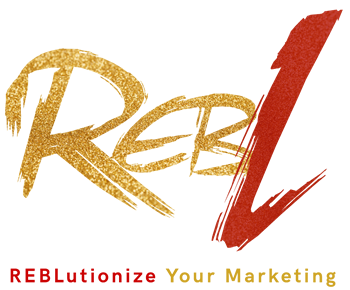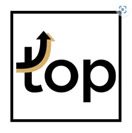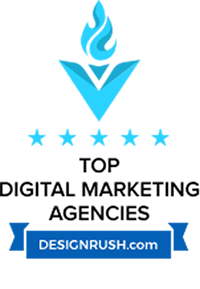Reb Risty: If a client wants to, a prospective client, wants to start PR where do they begin and what should they be looking for?
Michelle Stansbury: That’s yes that’s a great question because at the end of the day PR still remains a mystery to a lot of people. And I think it really works better to describe a PR approach based on someone’s specific business because it can be very custom-tailored. But in general, what we start by doing is sitting down and figuring out, you know, is period right for them at this time? For example, you know a company doesn’t have a website yet, probably should hold on the PR yet because it won’t really have a place to direct them to. So, to make sure that PR strategy would be right for them and help them accomplish their goals, and then after we start working together we sit down and we really get in deep with a strategy session of what are the goals and what are the opportunities. Some people think of PR in terms of press releases and I try to avoid using that term at all costs because so many people mean so many different things when they say press release it’s a business owner’s favorite term. I like to throw that out the window. Let’s talk about what we actually mean. So when we put together a calendar we’re gonna look at a few things we’re going to look at: do we have any actual real company news happening over the next six months? Maybe a new product launch? Maybe a big conference that’s coming up? What’s actually happening? Those are going to be things that we’re going to want to put a big push behind. But we don’t just wait for something big to happen to do PR. We’re going to look at the industry and seeing what’s trending what’s happening in the industry and can we pitch out those stories to reporters with the client as the expert or the thought leader in that to get reporters to write stories about something happening in the industry quoting or using as a source, our clients so that their business gets a mention and they get positioned as an expert. So, filling in pitches about the company and then also about industry trends and sometimes even guest articles. We do a lot of that with Forbes for example. There’s a lot of articles in Forbes that we would consider thought leadership.
Michelle Stansbury: So that strategy session, out of that we create this six-month plan. And from that I start pitching reporters. Some of them I already have a good strong relationship with, but otherwise you know, we figure out who are the key media outlets and reporters and editors for the target audience for trying to reach. Then work to build good relationships with them by providing them with good content, a great source who’s an expert in the industry, and really collaborating with them on their articles, their reporting, and what they’re trying to do. Reb Risty: Yeah I think that’s a really good point about the collaboration. I think a lot of people do just think of PR as press releases. But there’s so much creativity and really relationship building that goes on behind it to make it successful and useful for the company.
Michelle Stansbury: Absolutely agree.
Reb Risty: Well thanks, Michelle. If you’re looking to integrate PR into your marketing program or just want to know more about how you can leverage PR, and if it is the right fit for you and your company at this time, give us a call and you can talk to Michelle or me and REBLutionize your marketing through PR.




